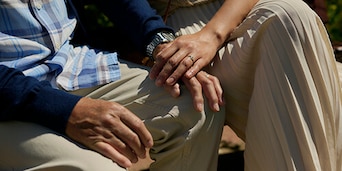A safe home for the elderly
As your loved one’s caregiver, you, more than anyone, can help them stay mobile. And that’s important, because mobility helps them enjoy more independence.
Spending time with them in their/your home, you can spot risks, and prevent accidents that might threaten their mobility. Here’s how to approach it.
First, consider whether they suffer from any of the following:
- Mobility problems
- Balance issues
- Impaired motor skills
- Eyesight problems
- Dementia, confusion or other mental limitations
If your loved one has any of the above, imagine you are her or him. Try moving around their home as they would. Check their floors, carpets and rugs – are they at all slippery? Climb any stairs your loved one might use. Ask yourself if their shoes or slippers would get a good grip. Is the bannister sturdy? Is it easy for them to get to the toilet? And will she or he be safe getting in or out of the bathtub or shower?
The number one danger
The biggest danger to an older person’s mobility is falling down. Falls can easily result in broken bones, bruises, and a continuing fear of taking another tumble. Older bones break more easily than younger ones, and they heal less quickly and not as completely. Falls are a major cause of serious injury, especially if they occur in the kitchen or on the stairs, so try your best to prevent them. If your loved one loses their mobility, becomes a big issue. That’s because they might no longer get to the bathroom on their own.




